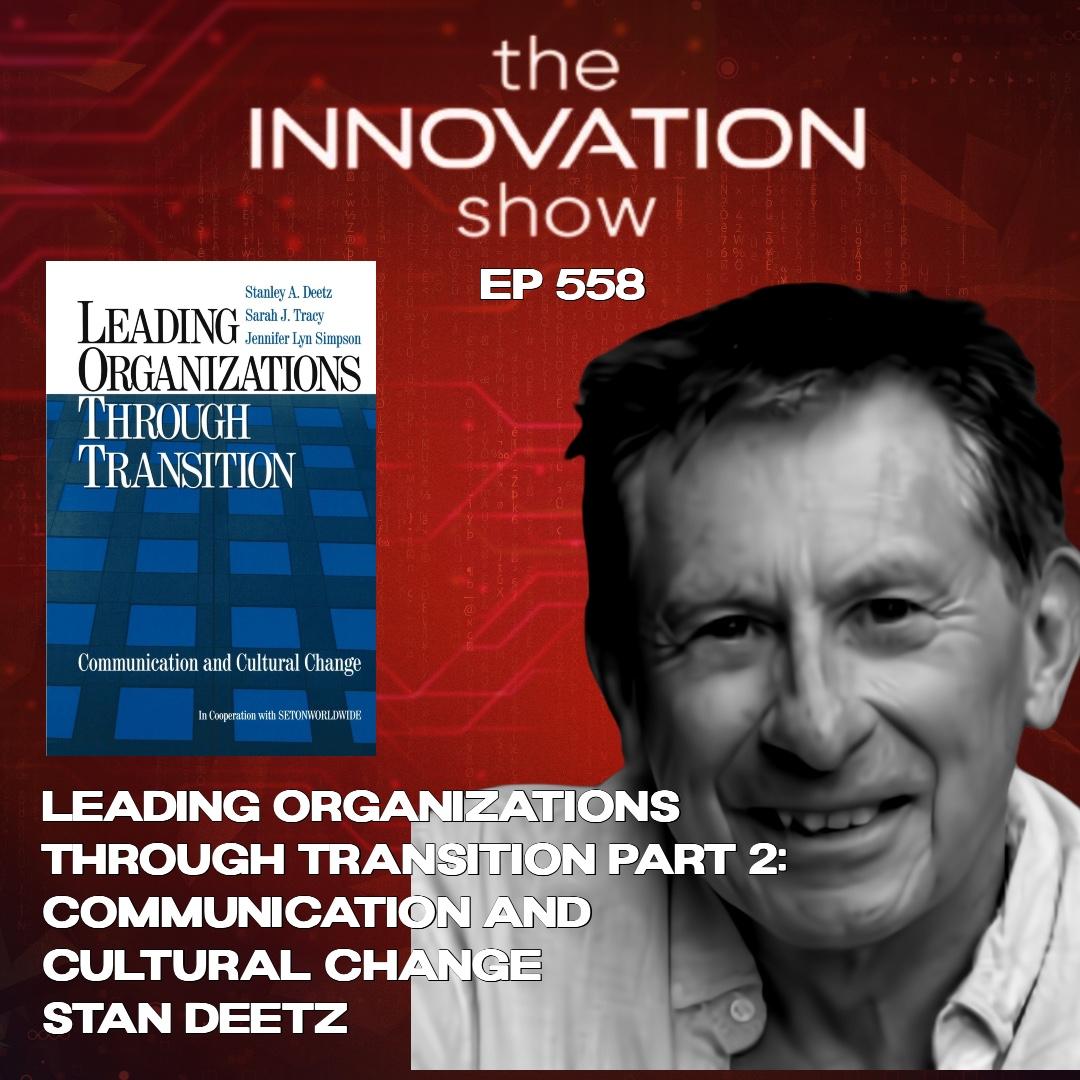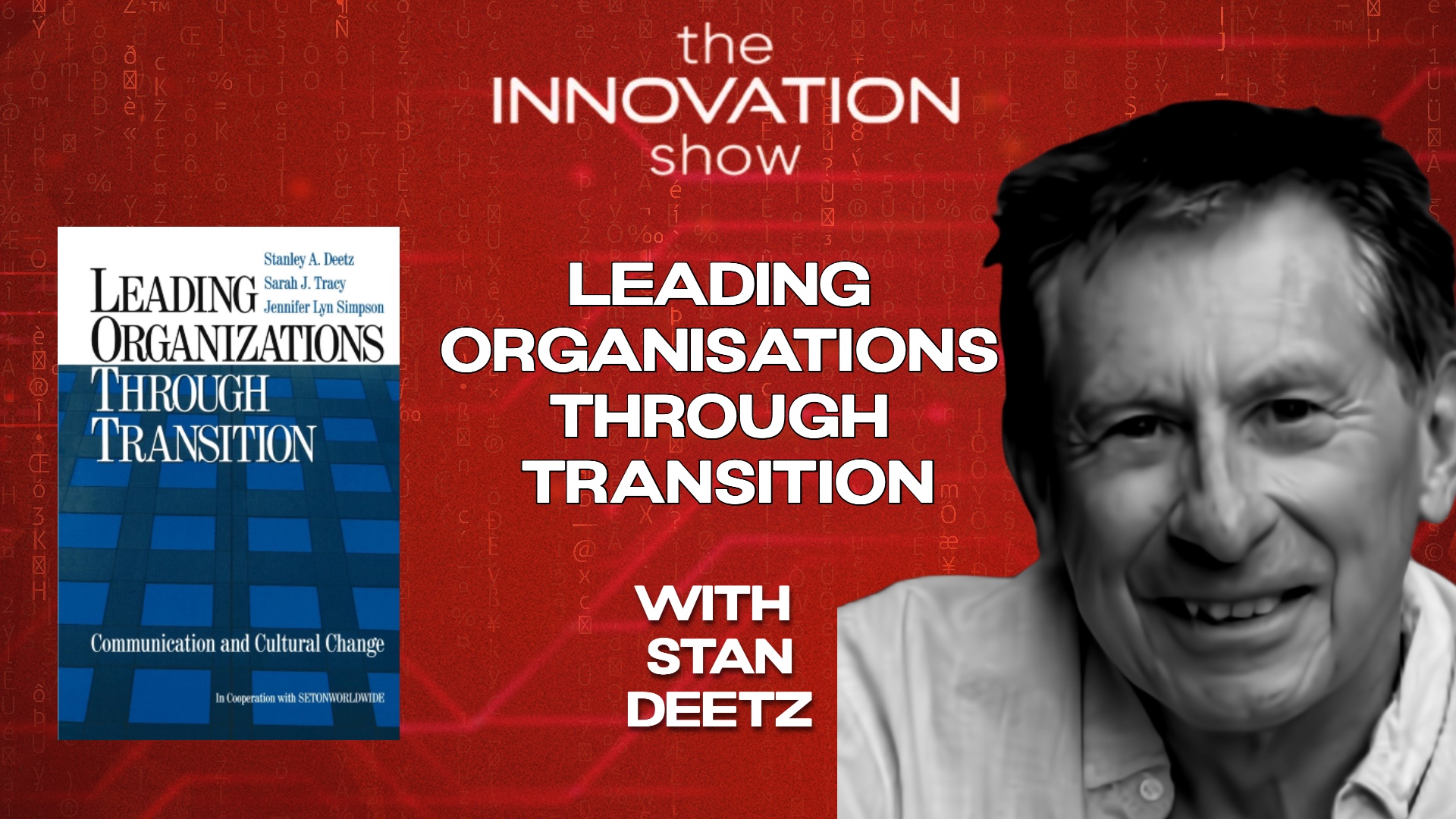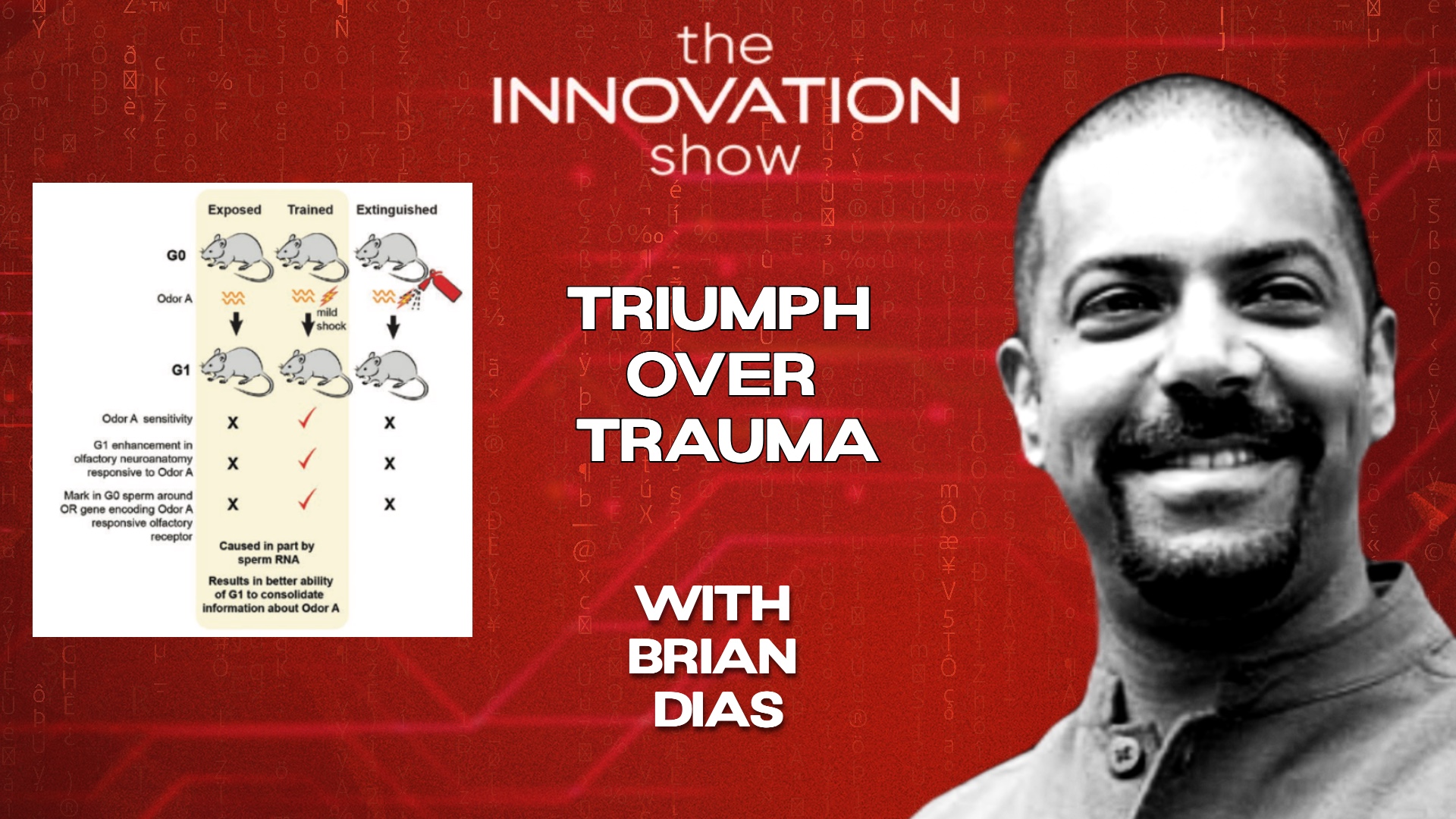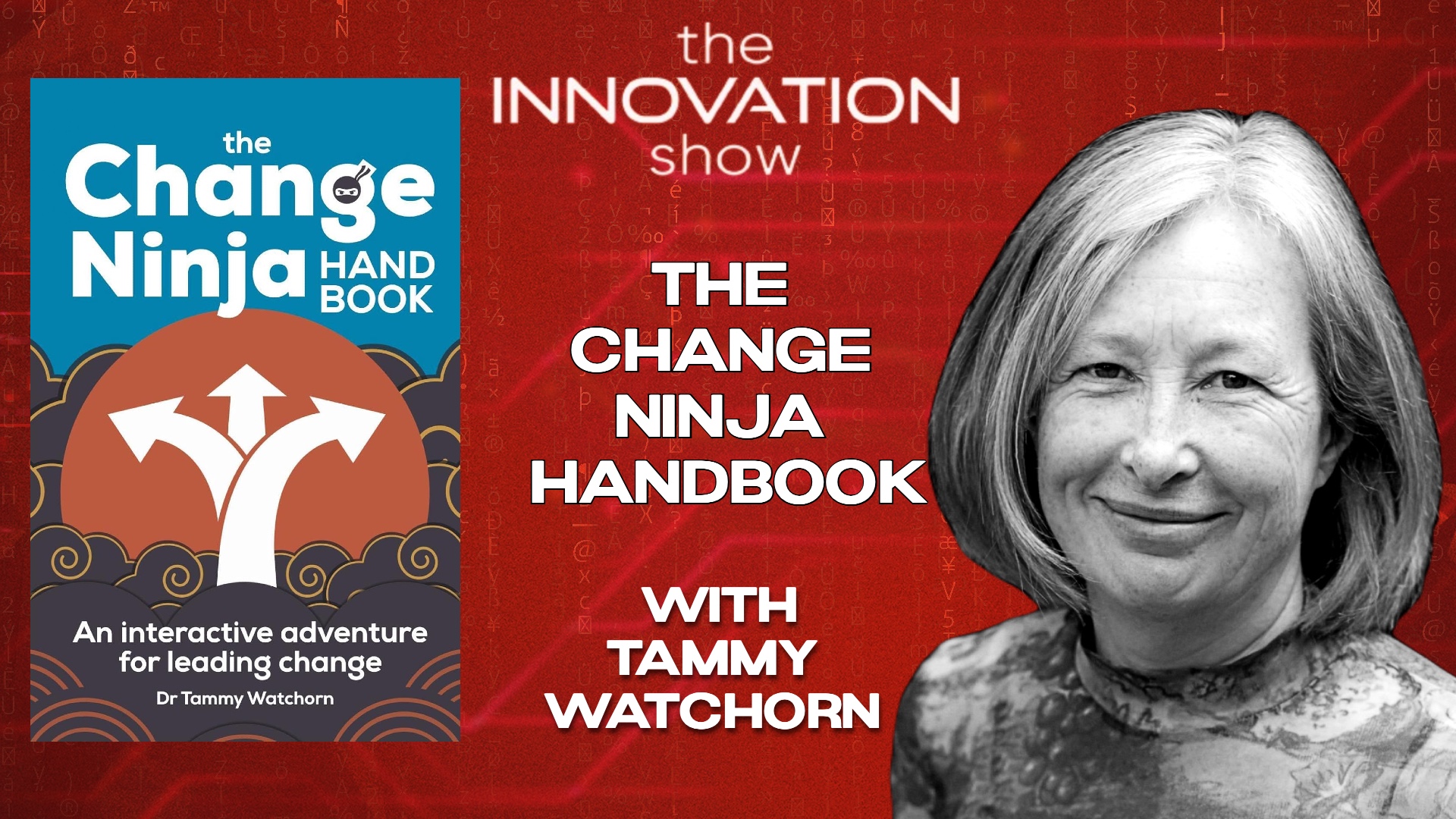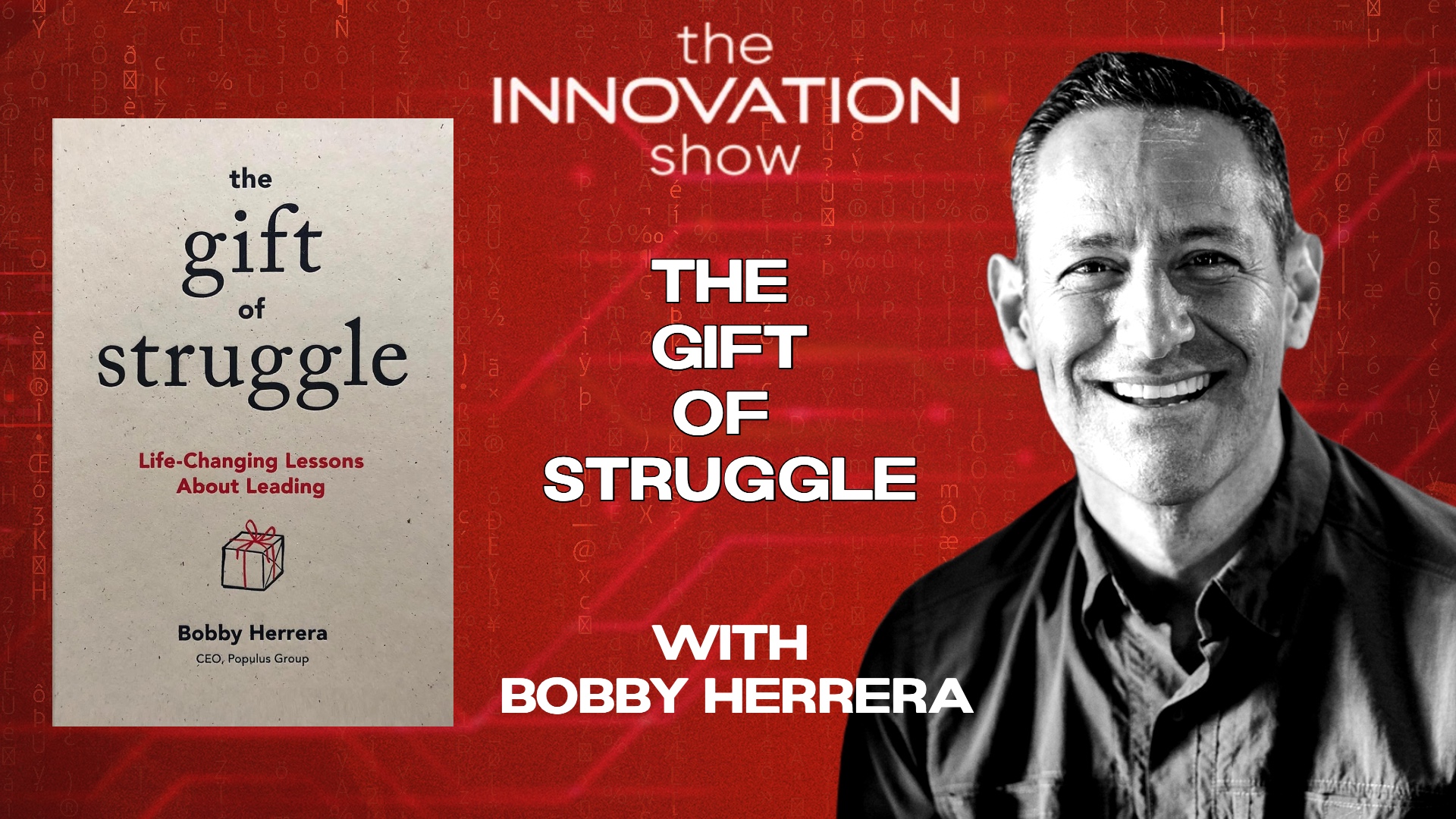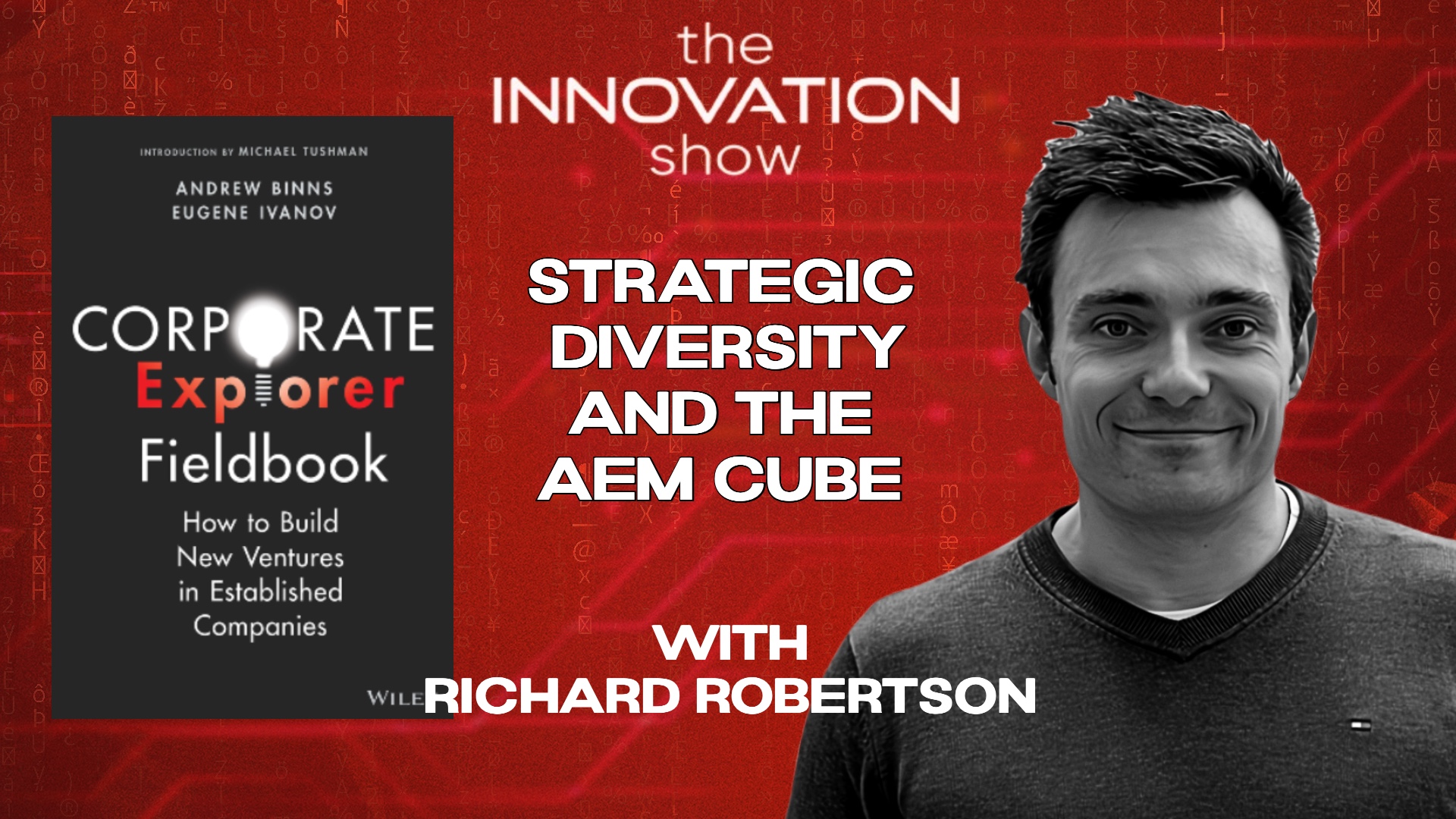In “Hidden Scents,” Aidan McCullen explores how individuals with heightened perception—dubbed “Helpful Cassandras”—can guide organizations to recognize early signs of disruption or opportunity. Drawing on insights from visionaries like Andy Grove and researchers like Rita McGrath, this piece emphasizes the importance of valuing diverse perspectives to navigate an uncertain future effectively.
Posted 1 year ago Tagged adapting to change Aidan McCullen business resilience Business Transformation Change Management communication in organizations Corporate Culture corporate restructuring cultural transition Employee Engagement Innovation Culture Leadership Leadership Development managing conflict managing diversity Organizational Change organizational strategy Stan Deetz storytelling in business tacit knowledge The Innovation Show Thursday Thought vision in business
Continuing our conversation with Stan Deetz, we delve deeper into the challenges and strategies of leading organizations through transition. Stan emphasizes the importance of cultural awareness, understanding deeply held assumptions, and the power of storytelling in reshaping company culture. We also discuss the impact of leadership, vision, and the language used to communicate change effectively within organizations.
Posted 1 year ago Tagged Aidan McCullen Business Development Business Strategy capability development Clayton Christensen Conan the Barbarian core competencies corporate reinvention digital natives Digital Transformation Disruption Leadership long-term strategy Organizational Change organizational resilience proactive capability building Spartan Warrior Mantra Stan Deetz technological shifts The Innovation Show Thursday Thought Toyota
In this week’s Thursday Thought, we explore the importance of building capabilities proactively to help businesses navigate disruption and remain competitive. Through insights from Clayton Christensen and Stan Deetz, along with the lessons of the Spartan Warrior Mantra, we emphasize the value of ‘sweating in times of peace’ to avoid future crises. Featuring examples like Toyota’s long-term vision and strategies for strengthening core competencies, this episode offers actionable insights for leaders to prepare their organizations for the future.
Posted 1 year ago Tagged Aidan McCullen business communication Business Strategy Change Management communication Corporate Change Corporate Culture cultural change Employee Engagement globalization Innovation Leadership Leadership Strategies managing transitions mergers Organizational Culture organizational resilience Organizational Transformation Stan Deetz systems thinking
In this episode, Stan Deetz explores the complexities of leading cultural and organizational change. Drawing from his book Leading Organizations Through Transition, he emphasizes the importance of communication, member involvement, and managing the psychological and systemic aspects of change. Deetz discusses strategies for creating a culture of resilience, managing resistance, and aligning organizational values with the changing landscape of business.
Posted 1 year ago Tagged Aidan McCullen Business Strategy Business Transformation Change Management ChangeLogic Corporate Culture Corporate Explorer Corporate Innovation Innovation innovation theater Kristin von Donop Leadership leadership movement Organizational Transformation resistance to change scaling innovation sprints stakeholder engagement The Innovation Show
In this episode, Kristin von Donop discusses the challenges of leading innovation inside large organizations. She shares insights from The Corporate Explorer Fieldbook on building leadership movements that engage stakeholders and foster collaboration. Learn how to navigate resistance, involve key allies, and create momentum to drive lasting change and innovation
Posted 1 year ago Tagged Adaptability Aidan McCullen Bertrand Russell Blockbuster business failure Business Strategy Business Transformation Carl Icahn Change Management Corporate Culture Corporate Rituals Digital Transformation Disruption Gary Hamel Innovation Leadership legacy business models Mental Models monarch butterflies outdated practices Peter Drucker reframe and renew The Innovation Show
In this Thursday Thought, we examine the perils of unquestioned mental models. Using the metaphor of monarch butterflies’ ancient migratory paths, we explore how businesses, like Blockbuster, can cling to outdated practices. Learn why it’s essential to challenge ingrained patterns, adapt to new realities, and foster innovation in a rapidly changing world.
Posted 1 year ago Tagged Aidan McCullen behavior modification biological inheritance biology and stress Brian Dias epigenetic research Epigenetics extinction training generational trauma healing intergenerational transmission legacies of flourishing legacy of trauma Mental Health Neuroscience neuroscience of trauma Organizational Behavior PTSD stress response The Innovation Show trauma
In this episode, Brian Dias delves into the science of how trauma is passed across generations. He explains how experiences like stress and trauma influence not just individuals but also their descendants, altering their biology and behavior. Dias shares fascinating insights from his research on epigenetics, including studies on mice and crickets, while discussing the potential for healing and creating legacies of flourishing
Posted 1 year ago Tagged Aidan McCullen change leader Change Management change ninja Change Ninja Handbook change resistance decision-making human-centered change Innovation Innovation Show innovation strategies Leadership leading change organizational blockers Podcast public sector Tammy Watchorn Transformation Workplace Culture
In this episode, Tammy Watchorn, author of the Change Ninja Handbook, shares insights from her experience driving innovation in the public sector. She discusses overcoming resistance to change, understanding the human side of organizational blockers, and how adapting your approach can lead to effective transformation.
Posted 1 year ago Tagged Aidan McCullen Bobby Herrera Business Growth business success community building empathy Innovation Innovation Show inspiration kindness in leadership Leadership leadership journey leadership lessons Life Lessons overcoming challenges personal growth Storytelling struggle as a gift The Gift of Struggle vulnerability
In this episode, Bobby Herrera, CEO and author of The Gift of Struggle, discusses the leadership lessons he’s learned from overcoming challenges. Hear how a small act of kindness on a bus at 17 transformed his life and inspired him to build a $500 million business. Discover how embracing vulnerability and sharing stories can help leaders create more connected and empowered communities.
Posted 1 year ago Tagged Aidan McCullen Business Transformation Cognitive Styles Corporate Explorer Corporate Teams Football Team Analogy Human Insight Ideation incubation Innovation Innovation Ecosystems Leadership Managing Complexity Organizational Change Richard Robertson S-Curve scaling Strategic Diversity Team Building
In this episode, Aidan McCullen welcomes Richard Robertson, co-author of ‘The Corporate Explorer Fieldbook,’ to explore the role of strategic diversity in building effective teams for innovation. Drawing from his extensive experience, Richard shares insights on navigating the different phases of the S-curve and managing human behaviour in change processes.

